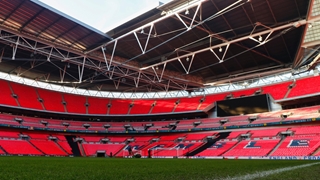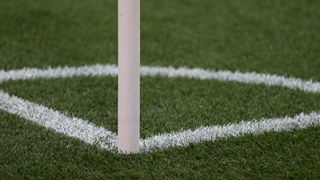
A throw-in is awarded to the opponents of the player who last touched the ball when the whole of the ball passes over the touchline, on the ground or in the air.
A goal cannot be scored directly from a throw-in:
- if the ball enters the opponents’ goal – a goal kick is awarded
- if the ball enters the thrower’s goal – a corner kick is awarded
1. Procedure
At the moment of delivering the ball, the thrower must:- stand facing the field of play
- have part of each foot on the touchline or on the ground outside the touchline
- throw the ball with both hands from behind and over the head from the point where it left the field of play
All opponents must stand at least 2 m (2 yds) from the point on the touchline where the throw-in is to be taken.
The ball is in play when it enters the field of play. If the ball touches the ground before entering, the throw-in is retaken by the same team from the same position. If the throw-in is not taken correctly it is retaken by the opposing team.
If a player, while correctly taking a throw-in, deliberately throws the ball at an opponent in order to play the ball again but not in a careless or a reckless manner or using excessive force, the referee allows play to continue.
The thrower must not touch the ball again until it has touched another player.
2. Offences and sanctions
If, after the ball is in play, the thrower touches the ball again before it has touched another player an indirect free kick is awarded; if the thrower commits a handball offence:- a direct free kick is awarded
- a penalty kick is awarded if the offence occurred inside the thrower’s penalty area unless the ball was handled by the defending team’s goalkeeper in which case an indirect free kick is awarded
For any other offence the throw-in is taken by a player of the opposing team.









